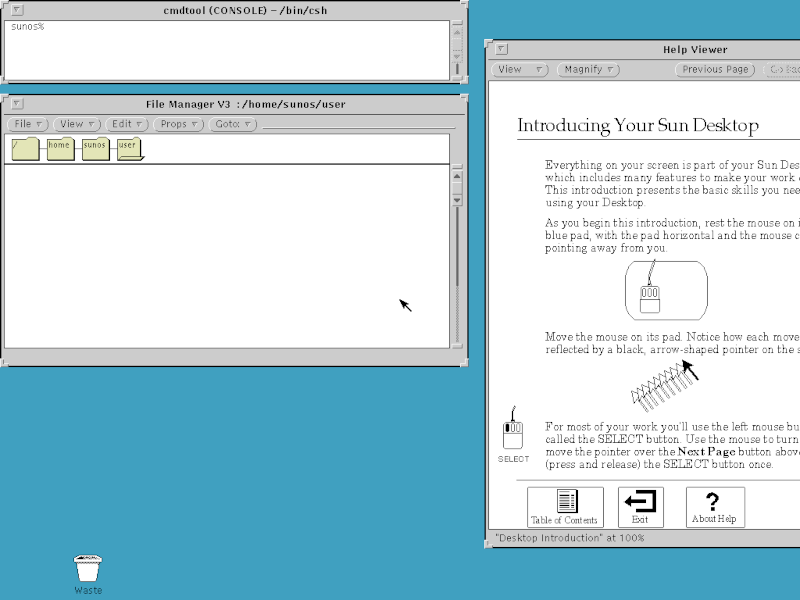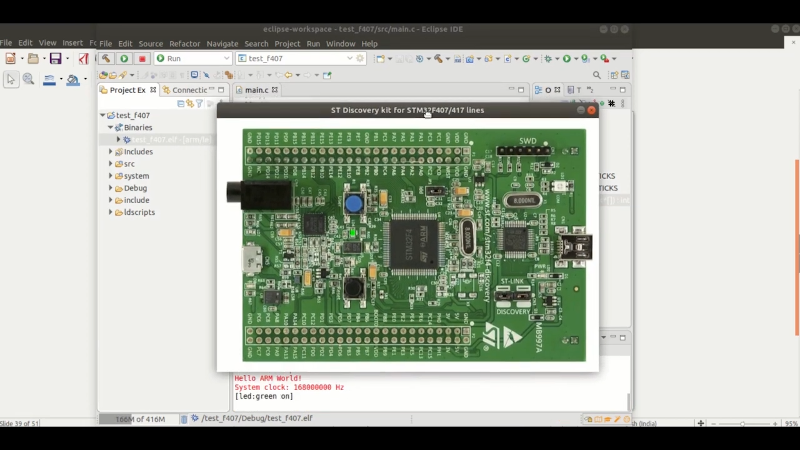When we first saw [Ben Jojo’s] post about the Internet inside EvE Online, we didn’t think we’d be that interested. We don’t play EvE — a massively multiplayer game. But it turns out, the post is really about understanding BGP (Border Gateway Protocol) and how it helps route traffic in large networks. The best part? He actually simulates a network with 8,000 nodes to test out what he’s talking about.
Obviously, you wouldn’t want to fire up 8,000 Raspberry Pi computers for such an experiment. Using Buildroot, he set up a very small Linux image that had the bare minimum …read more
Continue reading Learn About BGP With The Internet Of EvE→


